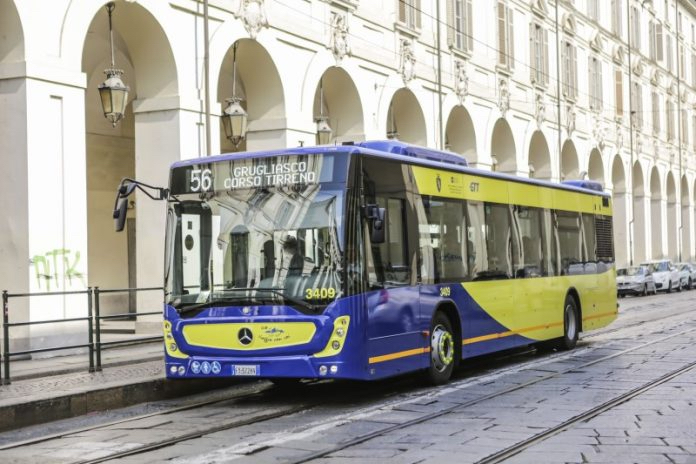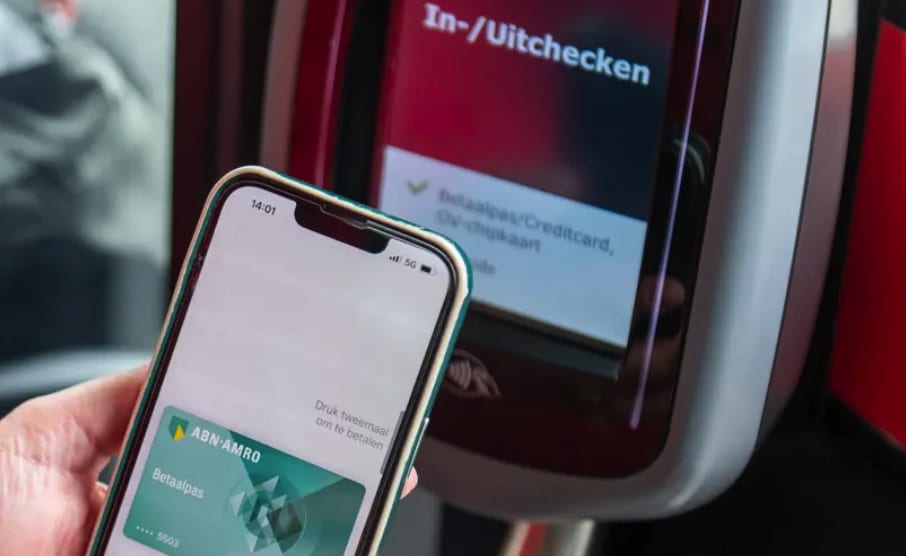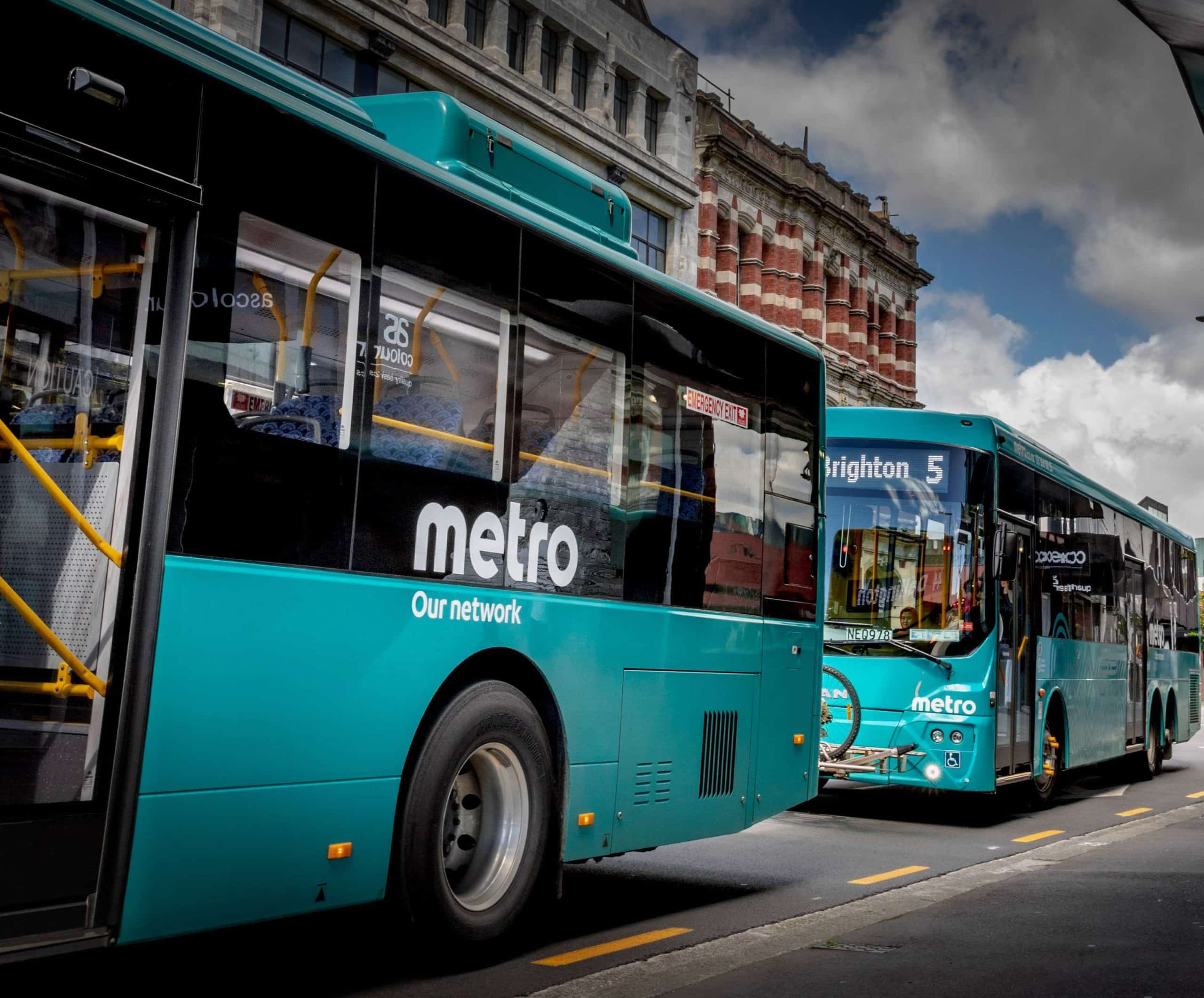
Article Highlights
Turin is the latest Italian city to launch open-loop acceptance of fares. And Italian cities are among several in Europe that see the benefit of giving customers the option to pay with their contactless bank cards and NFC wallets.
In Milan, customers of transit agency ATM reportedly tapped open-loop cards for 11 million trips in 2019, as of October of that year.
SIA
Gruppo Torinese Trasporti (GTT)
Transit officials in Turin, Italy, have launched acceptance of fares with contactless EMV bank cards and NFC wallets. The Covid-19 pandemic aftermath is expected to accelerate the already significant trend for transit agencies to implement open-loop fare collection.

















